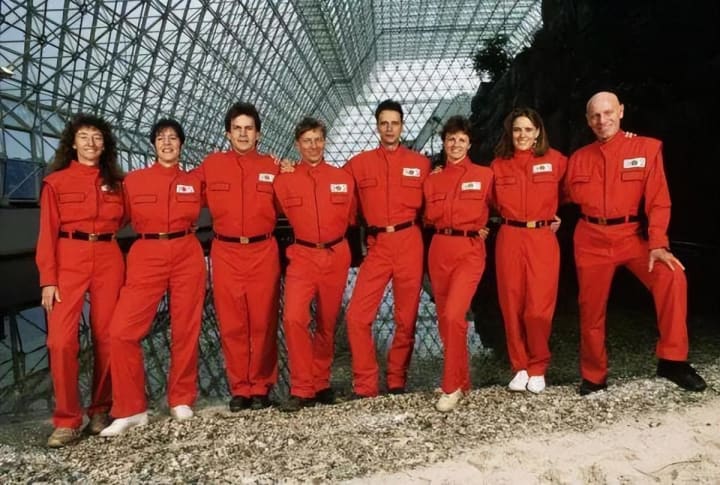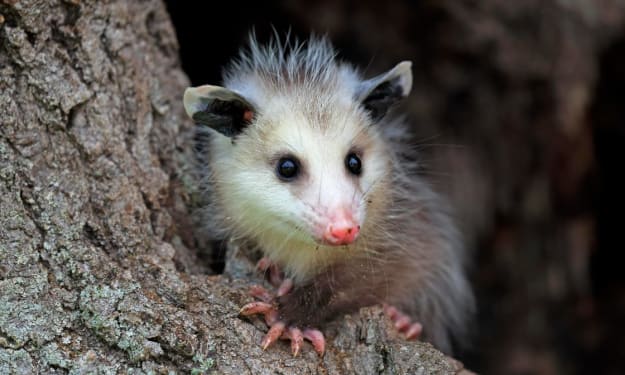
Currently, we have to admit pessimistically that Earth is still our only home within the range of human scientific and technological capabilities in the universe.
Exploration of extraterrestrial civilizations
Scientists from all over the world have never stopped exploring extraterrestrial civilizations, but the information obtained has been disappointing.
Although there are some Earth-like planets in the solar system, with the current technological capability of humanity, it's impossible to cross the vast distances of light-years.
Later, scientists had to "choose generals among dwarfs." Taking into account multiple factors such as time and space distance, planetary ecology, etc., they focused on Mars, which is not too far away from Earth.
Scientists found that Mars has a thin atmosphere, a distinct four-season climate, rich geothermal energy, metal-rich minerals such as iron oxide, and even large amounts of easily extractable usable ice hidden beneath the surface of the Martian South Pole.
All of these provided possibilities for human migration to and terraforming of Mars. However, Mars lacks oxygen.
With the continued deterioration of the Earth's ecological environment, especially pressing issues such as global warming and glacier melting, scientists who are worried about the future and fate of humanity are deeply concerned.
To find the code for survival on "habitable" planets such as Mars as soon as possible, more than 30 years ago, American scientists conducted a large-scale experiment, which is the world-famous "Biosphere 2" experiment.
"Biosphere 2" experimental base
The part of the Earth where life activities exist is called the biosphere by the scientific community. The biosphere includes living organisms and their external environment where they survive. The interaction between organisms and the environment forms various different ecosystems.
Whether the ecological system of the Earth's biosphere can operate normally is directly related to the safety of human survival.

The scientific community defines the enormous biosphere of the Earth itself as the traditional "No.1 Biosphere".
At the same time, in order to study how to achieve the goal of human survival through effective scientific means under ecological imbalance conditions.
In the 1980s, the United States began to spend $150 million to build a closed experimental base isolated from the world, called "Biosphere 2."
The "Biosphere 2" experimental base was built in the desert of Arizona, USA. The main body is a steel-framed glass building of approximately one hectare, which simulates various ecosystems such as oceans, swamps, lakes, beaches, tropical rainforests, and grasslands, and has many animals.
In the envisioned "Biosphere 2," plants provide oxygen and nutrients for animals, animals provide carbon dioxide for plants, and microorganisms in the soil can decompose the bodies and excrement of animals and plants. This continuous cycle can maintain the relative stability of the ecosystem.
Four men and four women participated in the experiment
The reason why the United States invested heavily in this seemingly crazy experiment was mainly to simulate the Martian environment in the desert.
If humans can survive normally in the "Biosphere 2" experiment, then the future migration to extraterrestrial planets such as Mars is imminent.
In September 1991, after the completion of the construction of the experimental base, the United States invited eight experimenters from various scientific research fields, including four men and four women, to officially settle in Biosphere 2 and start a two-year closed-space survival experiment.

According to the plan, these eight experimenters must live inside for two years. During this period, their main task was to conduct scientific research and record relevant data on various ecological systems in the biosphere based on their scientific research fields.
On the other hand, they conducted a self-sufficient living experiment within the enclosed space. Inside the experimental base, they needed to obtain food, water, and all living materials by themselves and could not communicate with the outside world.
Difficult experimental process
At that time, the "Biosphere 2" scientific experiment attracted worldwide attention. However, the results of the experiment were not ideal.
In fact, at the beginning of the experiment, one of the researchers accidentally broke a finger, and there were no suitable medical conditions and facilities inside, so they had to seek medical treatment outside.
This seemed to set a bad precedent and foreshadowed the final result of the experiment.
After over a year of the experiment, various chemical reactions occurred between the carbon in the soil, oxygen in the greenhouse, and calcium in the building materials within the closed habitat, resulting in a decrease of oxygen content from 21% to 14% in Biosphere 2.

As the oxygen content continued to decline, the carbon dioxide level continued to rise. To complete the experiment, the participants had to limit their plant consumption and allow them to grow freely to provide necessary oxygen for survival.
However, despite their efforts, the oxygen levels did not improve, and some participants developed breathing difficulties.
The participants had to ask for help from the outside world, and the monitoring organization began transmitting necessary oxygen into the Biosphere 2 to ensure their safety.
In this isolated environment with constant danger and lack of food, the eight participants experienced intense arguments and disagreements. Two participants could no longer bear this lifestyle and broke the experiment's entrance gate, escaping outside.
Finally, the United States had to prematurely end the experiment, and the participants stayed inside for 21 months. When they emerged, people were shocked by their condition. They were emaciated, mentally exhausted, and suffering from psychological breakdowns, completely different from when they entered.

It is worth mentioning that the carbon monoxide concentration inside the habitat reached 79% in the third year, which was enough to poison people.
The experiment's conclusion was that researchers found it impossible for the oxygen to carbon dioxide ratio in Biosphere 2 to reach equilibrium independently, and the cement building materials inside the habitat also affected the normal carbon cycle. Moreover, due to the lack of decomposers, most plants and animals could not grow and reproduce normally.
This once again proves to the world that under existing scientific and technological conditions, humanity cannot simulate an independent living space similar to Earth. The Earth remains the only place where humans can survive.
Protecting the ecological environment of the Earth and caring for our shared home is the responsibility of each and every one of us. Because currently, Earth is the only place in the vast universe where we can live!A
About the Creator
Liam
I'm Liam, a sunny writer who loves movies, writing and staying active. Writing is my passion, whether crafting content or working on screenplays. When not at my desk, I'm exploring the world.






Comments (1)
Thank you for reading, if you liked it please hit the like button, thank you!